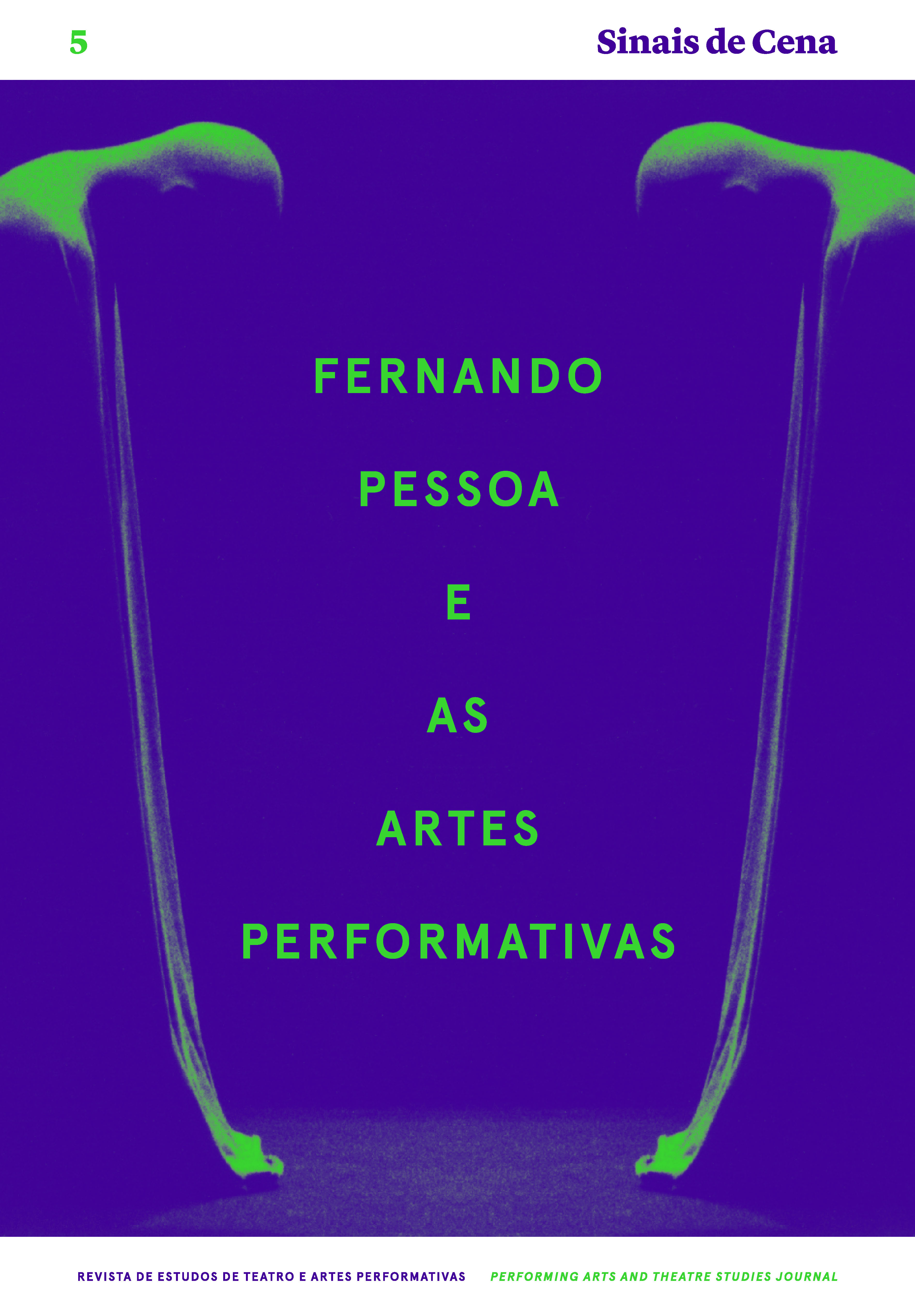A fúria escancarada da memória
DOI:
https://doi.org/10.51427/cet.sdc.2021.0011Keywords:
Contemporary Dance, Memory, A-memory, Non-memory, DramaturgyAbstract
In this text I intend to address the issue of memory as the central axis of this work of Rodrigues, articulating it with forgetfulness and negations of history. Such articulation leads to the notions of “memorylessness” and “discursive a‑memory” (Robin/Paveau, 2013). Bluntly, Fúria speaks of the memory of a country that poorly cultivates, documents and reflects on its history, based on a dramaturgical construction that shows the tensions that emerge from such absence. Violence, loneliness, fear, oppression, prejudice, racism, beauty, seduction, complicity and trust, emerge on the scene in a non‑linear historical path. Epic building and dismantling a parade, the work creates metaphorical images in a kind of hallucinating spiral. The show, entitled to its title, exposes the countless wounds of a society at risk. Here we can perceive all the characters in this story – past, present and potential future – so forgotten and neglected. Noble European settlers, slaves, mythological images, politicians, street dwellers, prostitutes, references to money, power and sex. Although Fúria makes a ruthless portrait of Brazil’s current moment, it seems evident that it is not only talking about this South American society, but about a whole Western capitalist society in deep crisis and in urgent alertness.
Downloads
Downloads
Published
How to Cite
Issue
Section
License
Copyright (c) 2021 Gisela Dória

This work is licensed under a Creative Commons Attribution-NonCommercial-NoDerivatives 4.0 International License.
Authors who publish in Sinais de Cena will release their contributions under the Creative Commons — Attribution-NonCommercial-NoDerivs 3.0 Portugal — CC BY-NC-ND 3.0 PT: “Licensees may share, copy and distribute the material in any medium or format, under the following terms: 1) You must give appropriate credit, provide a link to the license, and indicate if changes were made. You may do so in any reasonable manner, but not in any way that suggests the licensor endorses you or your use. 2) You may not use the material for commercial purposes. 3) If you remix, transform, or build upon the material, you may not distribute the modified material".











